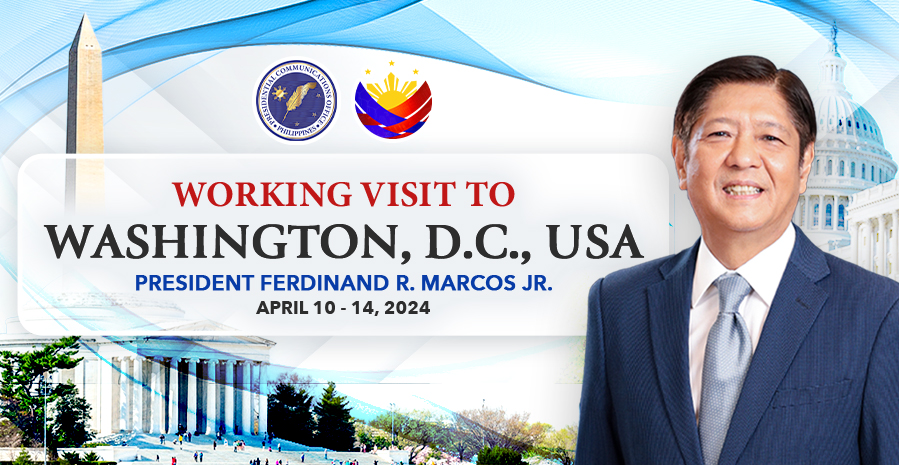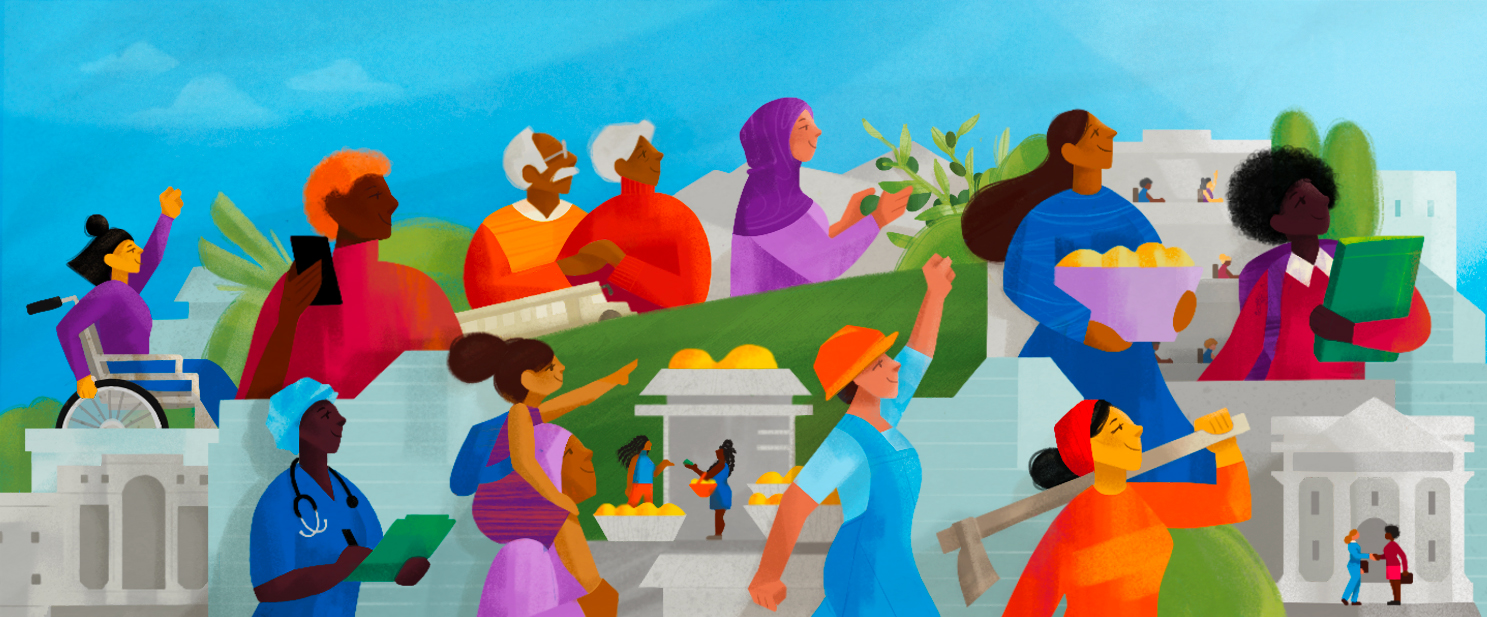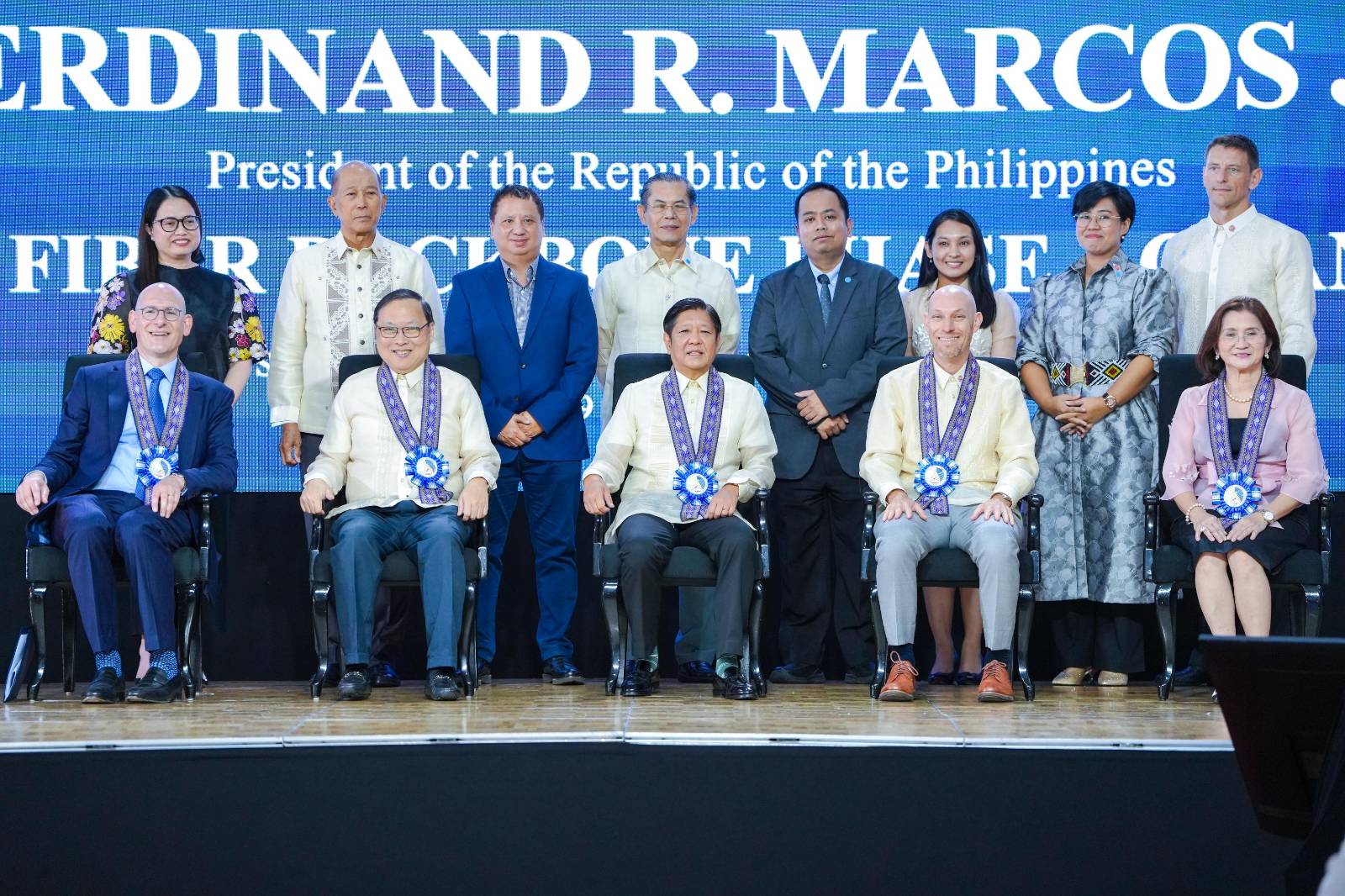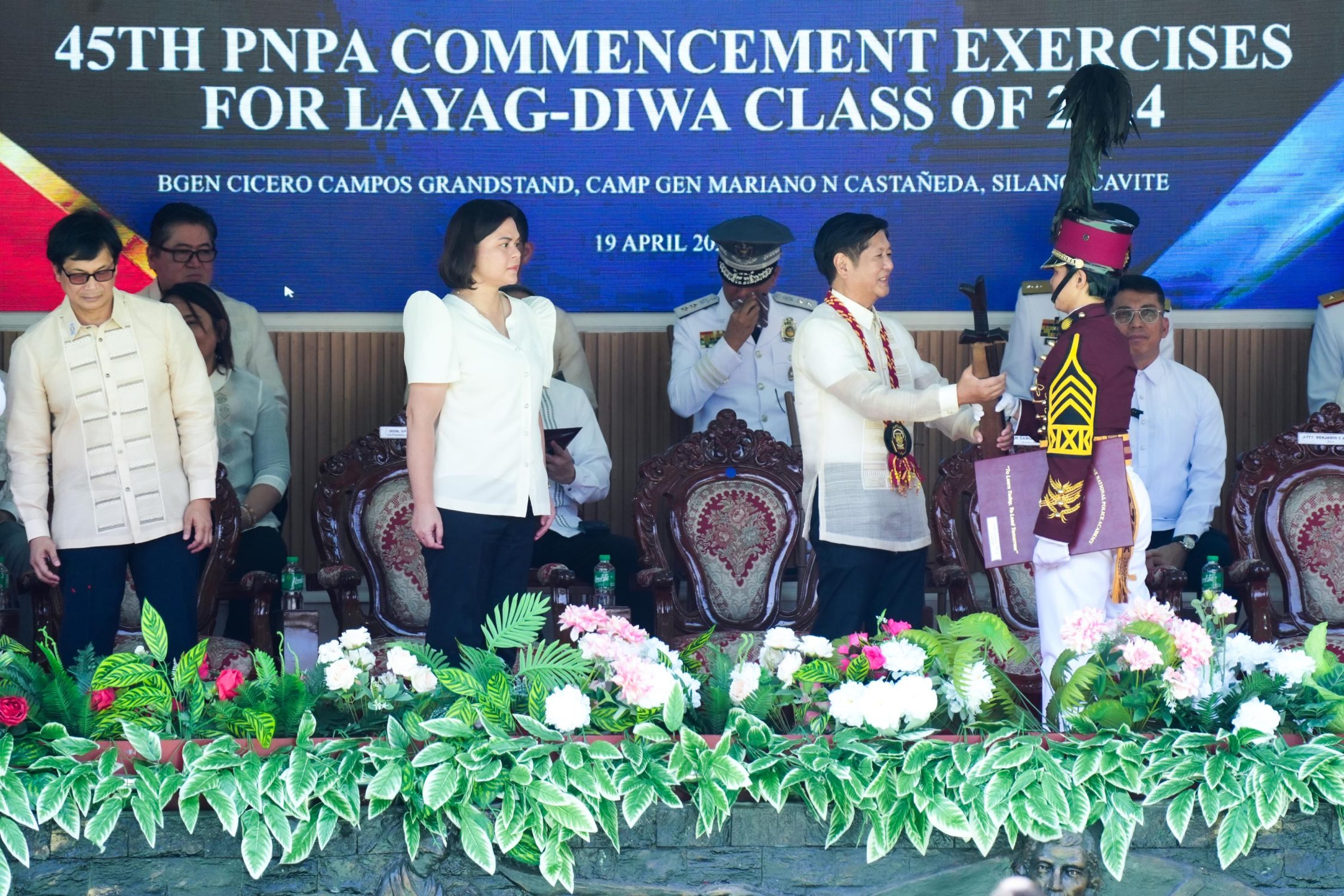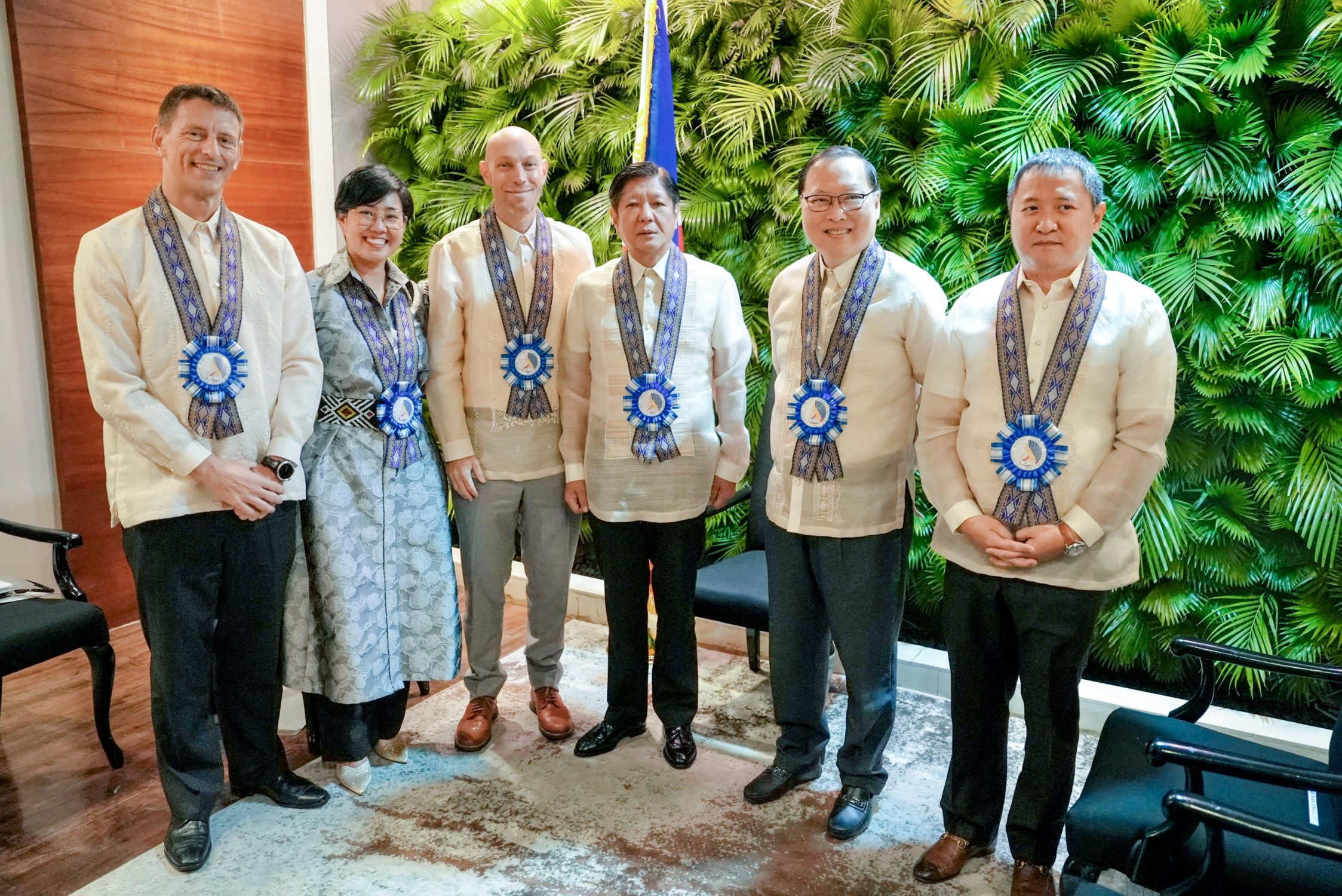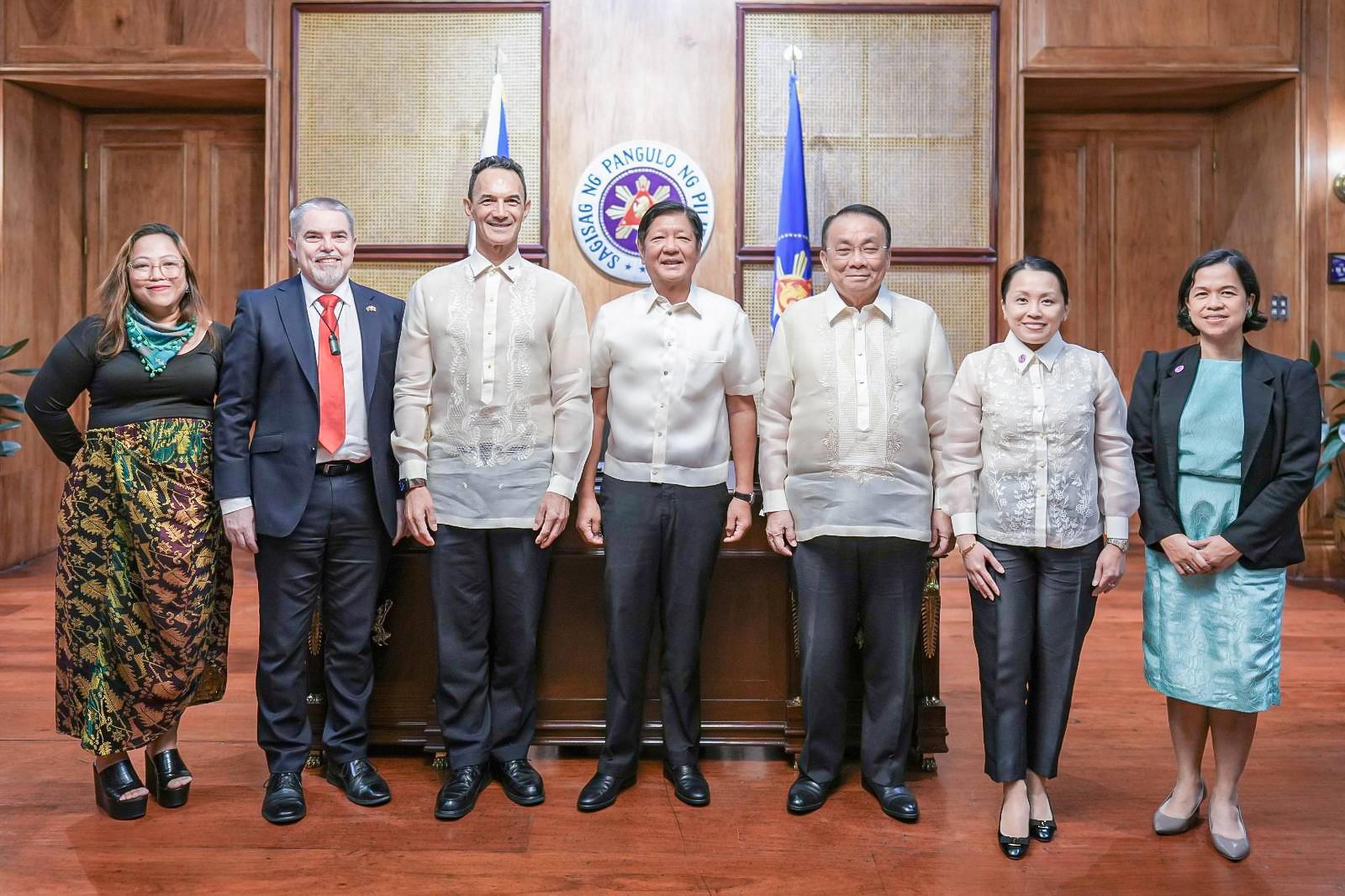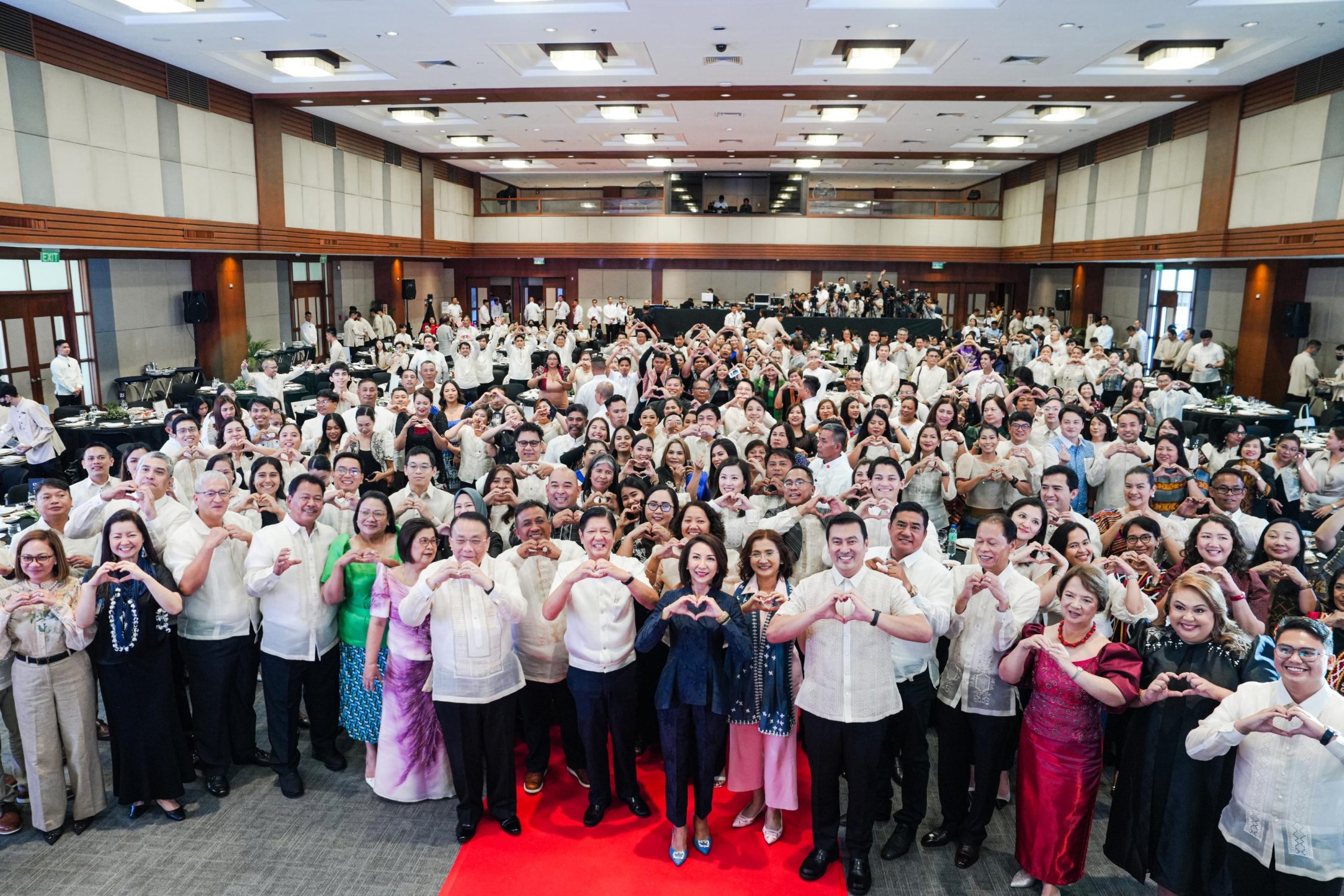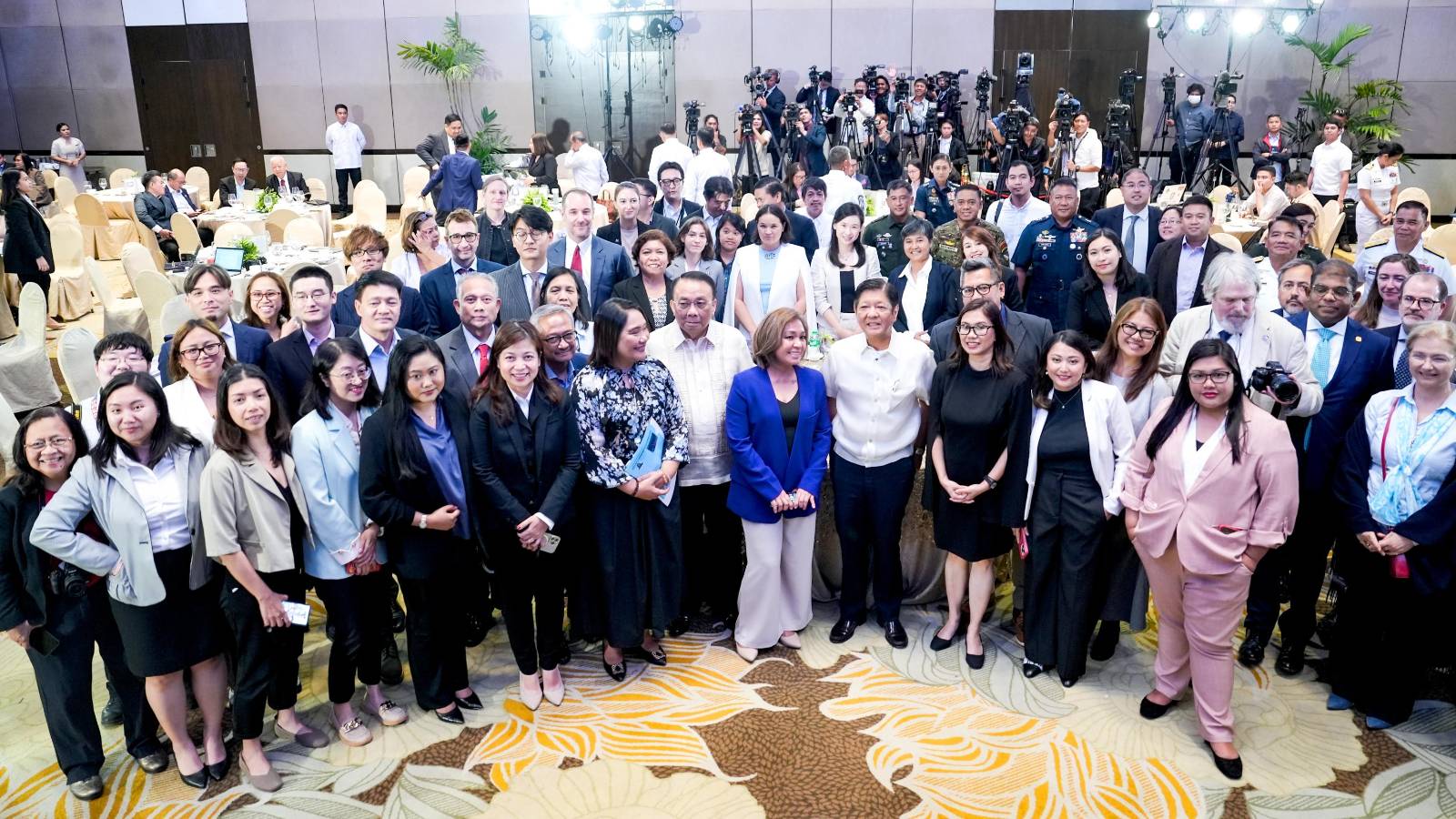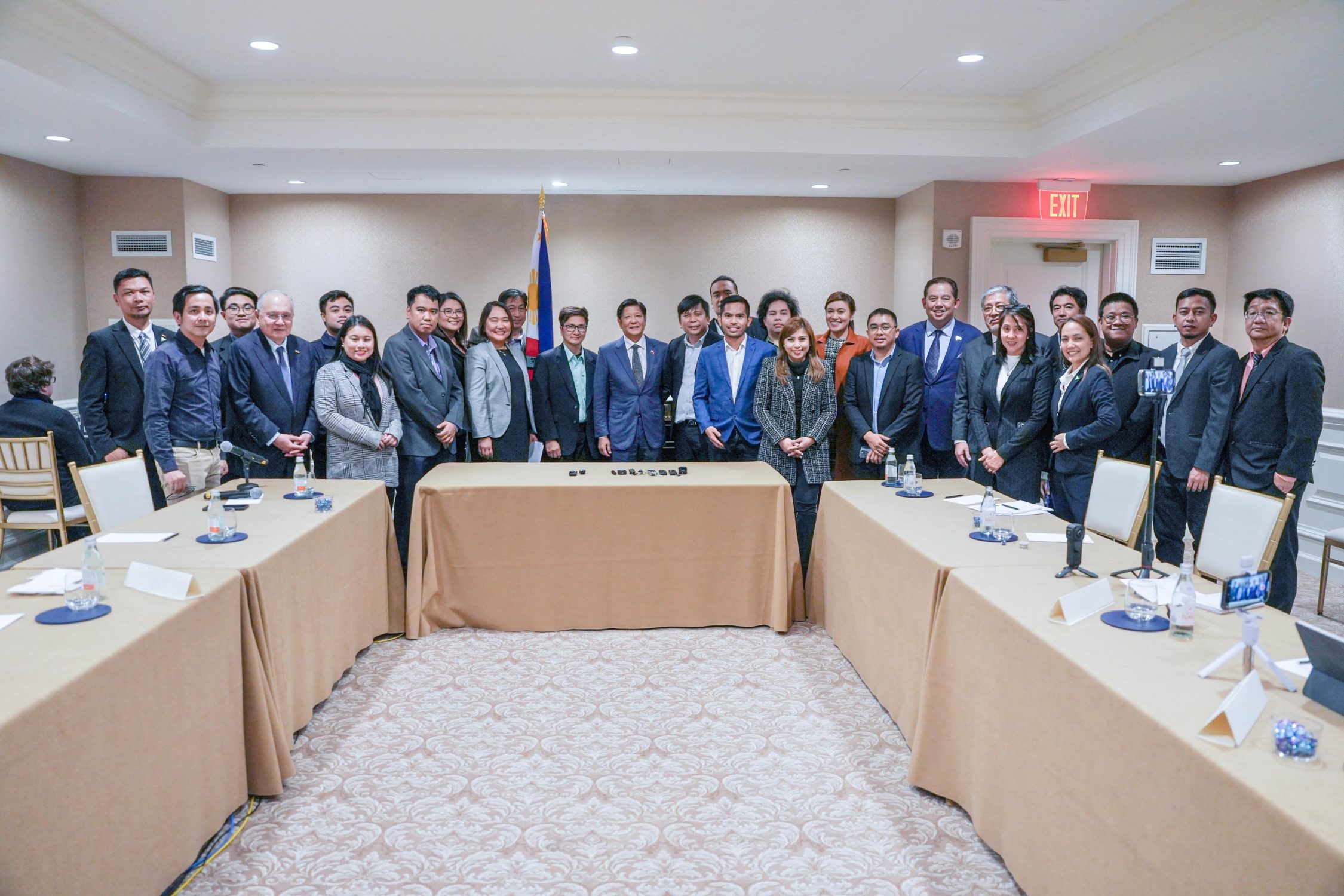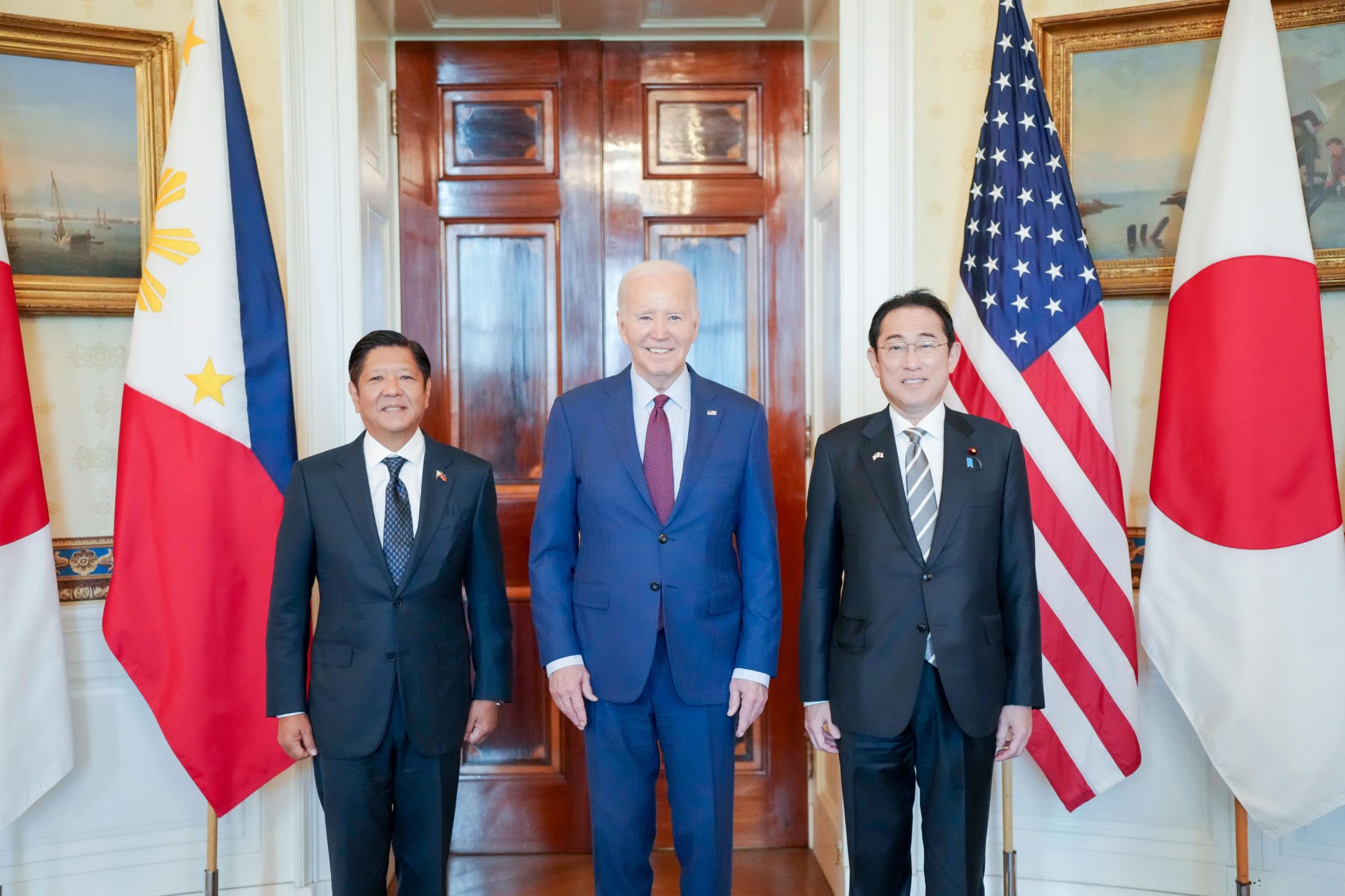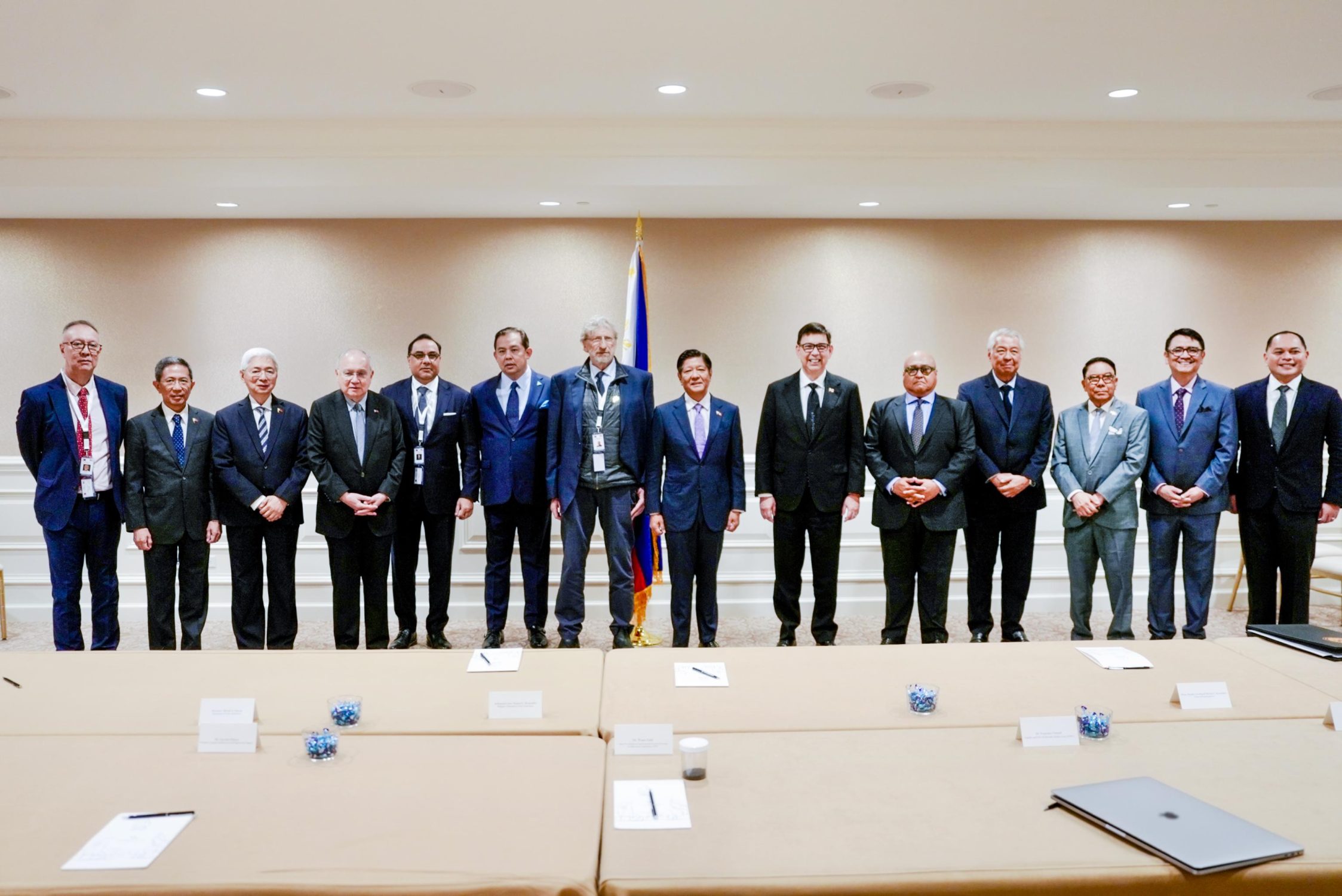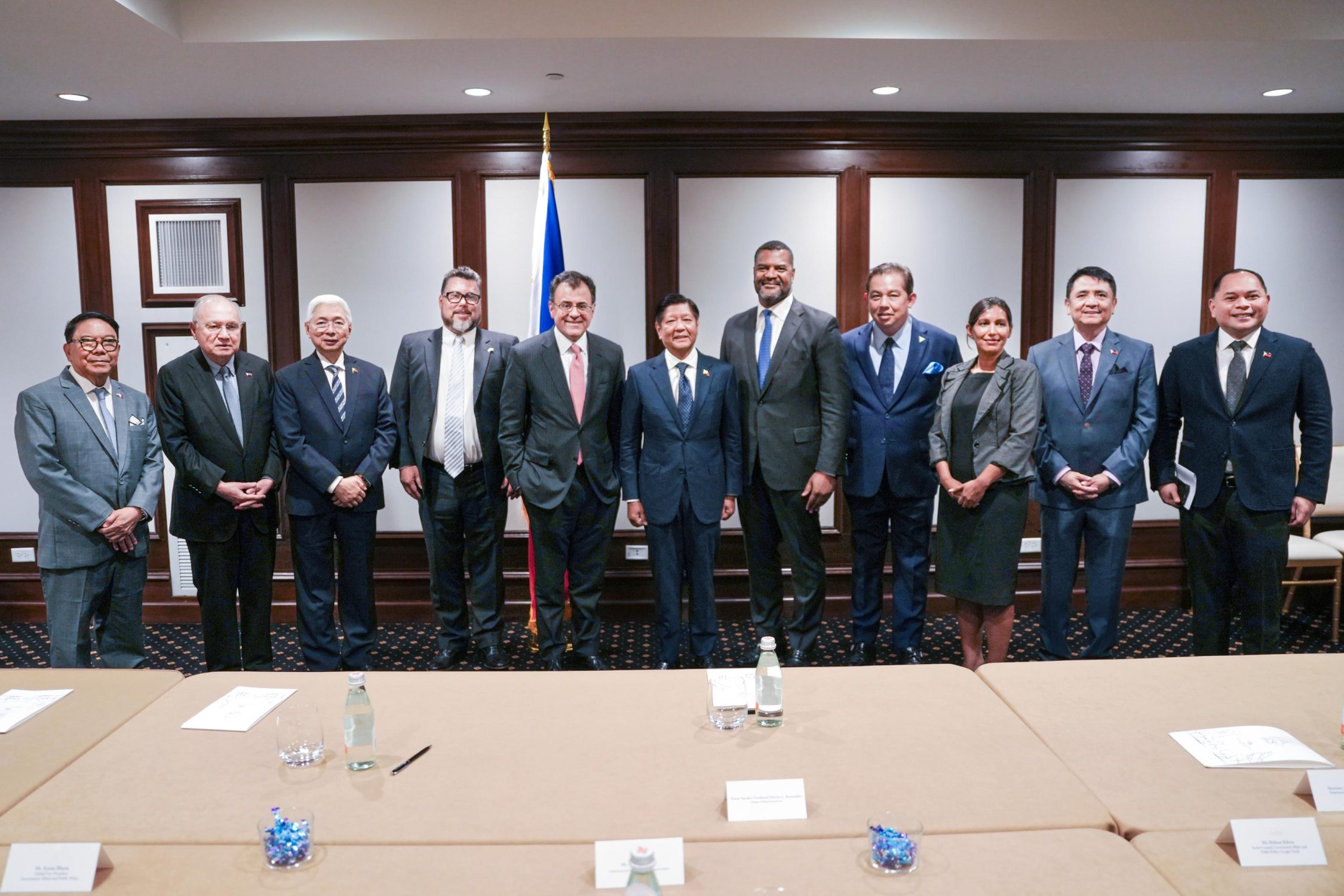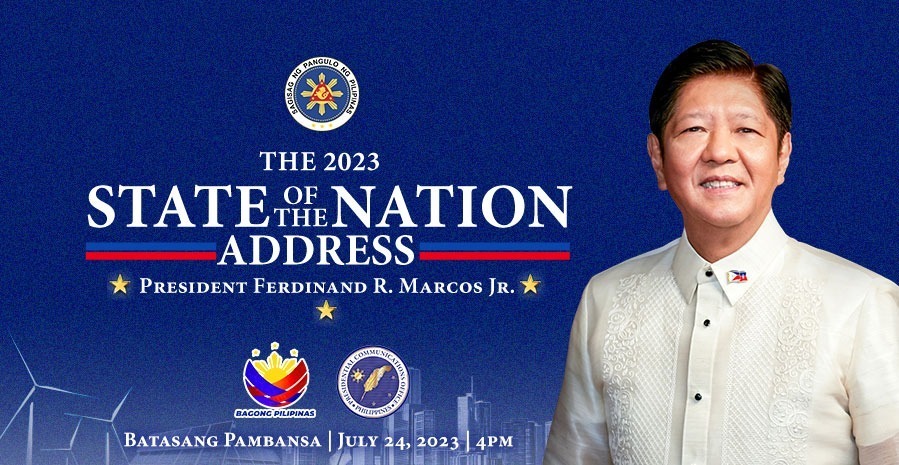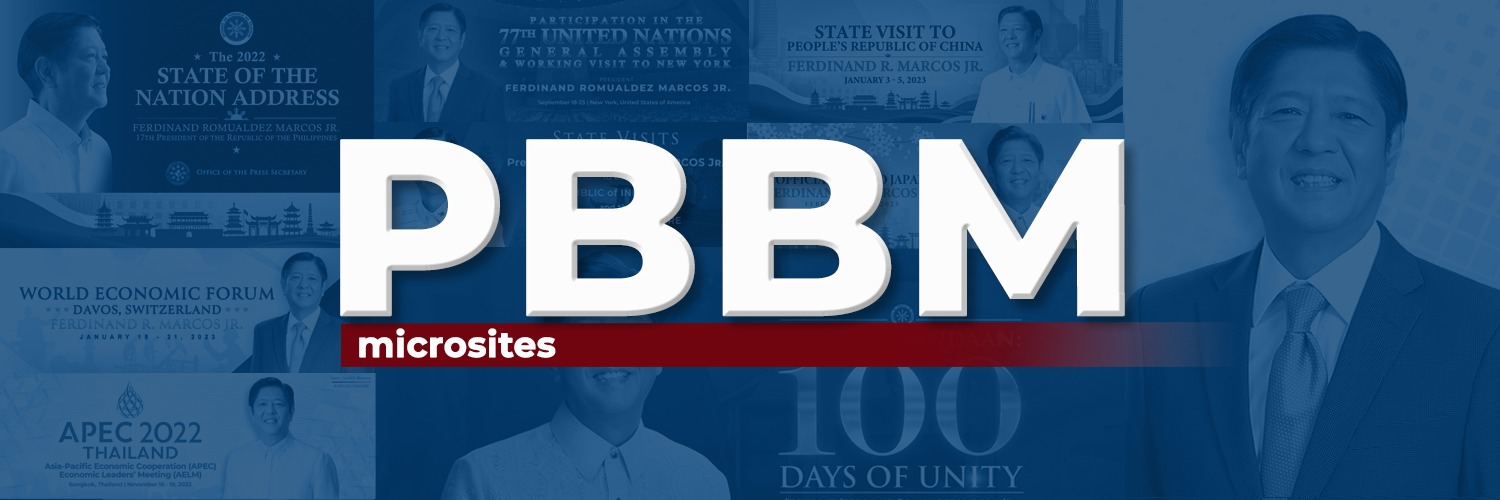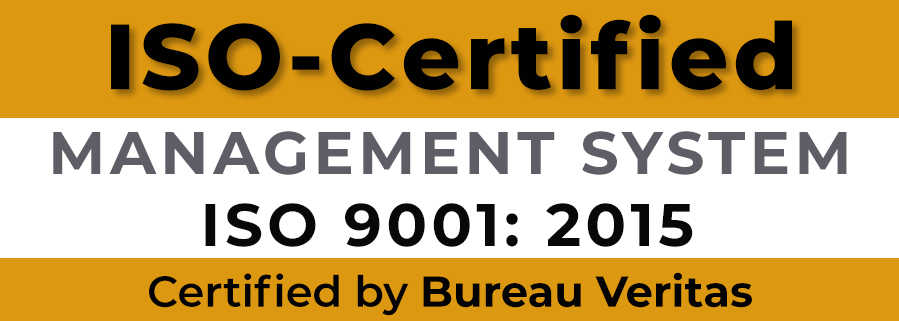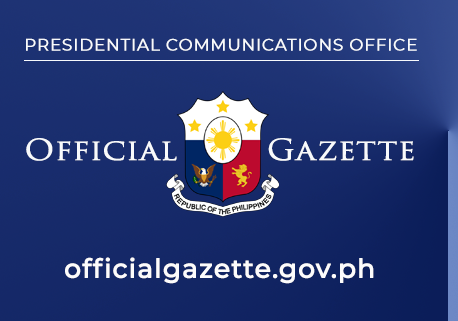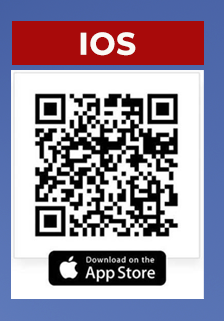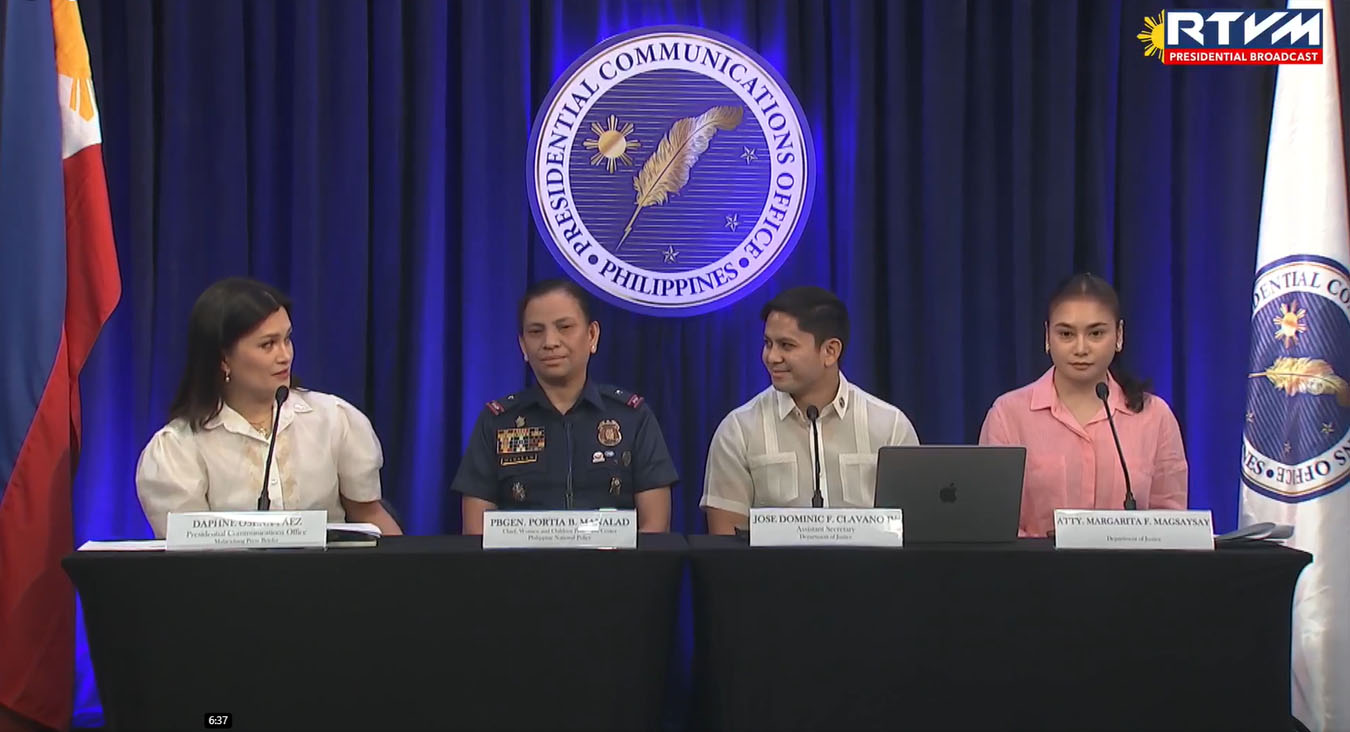May 11, 2017 – Remarks of President Rodrigo Roa Duterte during the Opening Plenary: ASEAN at 50 Years Young
| Remarks of President Rodrigo Roa Duterte during the Opening Plenary: ASEAN at 50 Years Young |
| The Ballroom, Sokha Hotel, Phnom Penh, Cambodia |
| 11 May 2017 |
| Your Excellencies, distinguished guests, ladies and gentlemen, good afternoon.
I thank you and the World Economic Forum (WEF) for this opportunity to address you. ASEAN has long been here, long way since its establishment 50 years ago. We have overcome initial difficulties to become a more united region of great promise and substantial progress. Guided by common values and shared aspirations, ASEAN is at the core of regionalism in Southeast Asia. ASEAN’s 10 Member States now stand firmly at the center of the future of the Asia-Pacific region. ASEAN is becoming a significant global player. It plays a key role in promoting peace and stability in the region. And it is an emerging economic powerhouse. The region is now the world’s sixth largest economy, the third largest consumer base. It stands at the crossroads of global trade flows. ASEAN is home to more than 600 [million] people, making it larger than the European Union or North America. ASEAN has the third-largest labor force in the world. Our young population is producing a demographic dividend. Understandably, there is increased investor confidence in our region. But while we celebrate ASEAN’s achievement, we recognize that more needs to be done for our people. We continue to face many challenges: Integration and connectivity efforts have to be ramped up; [technological] changes impact on the work force as well the as trade and investment, and capital flows; transnational crime threaten to undermine economic progress; and, development gaps threaten to hold us back from achieving the inclusive growth for our peoples. But we cannot stand by and let these challenges hold us back from achieving the future of our people, which deserve the change. As ASEAN Chair, the Philippines resolves to establish meaningful partnerships for positive change as we engage the larger world. We aim to operationalize the ASEAN’s goal of achieving a vibrant, sustainable, and highly integrated economy. Our vision is an ASEAN Economic Community that is relevant, responsive and transformative. We seek strengthened channels for connectivity. We will intensify efforts to narrow the development gap across all areas. This, as we seek ASEAN’s unity and solidarity at all times through a common principled position that enhances its role and amplifies its voice in the international fora. We will continue to seize opportunities with our economic partners within and outside of the region. But make no mistake: in our pursuit of integration, it is distinctively ASEAN Way that will guide us. What does this mean? It means achieving sustainable and inclusive development for our region, according to our needs, at our own pace and guided by our core values. The ASEAN [Way] has allowed us to get to where we are now. It will take us forward furthermore. ASEAN is cognizant of the need for more inclusive participation in the community building process. We want to ensure that the benefits of integration are felt by all our people in the region. But we face a development gap that must be addressed: While the region had seen poverty levels decrease by half in the last 50 years, development remains skewed. There remains a huge disparity in our GDP per capita: from a low of 1,200 [US] dollars to a high of nearly 53[,000]. One way to address this is to remain committed to [the] ASEAN Integration Work Plan [III]. It is targeted to accelerate economic integration of our newer partners, namely: Cambodia, Laos, Myanmar, and Viet Nam. Another is by promoting “Inclusive, Innovation-led Growth”. The Philippines champions economic priority deliverables that provide an enabling environment for the MSMEs to develop and become regionally and globally competitive. MSMEs, after all, are significant contributors to ASEAN community. By boosting MSME capacities, we support equitable development, competitiveness, and robustness of the region’s economy. Certainly, our community can only become strong if it is well-connected and highly integrated region. The Master Plan on ASEAN Connectivity (MPAC) 2025 must not remain a vision but a reality if we want to promote competitiveness, inclusiveness, and a greater sense of a community in the region. In this regard, we have to focus on sustainable infrastructure, digital innovation, seamless logistics, regulatory excellence, and people mobility. Most importantly, we should invest in human capital [development]. Analysts point out that the Philippines, together with Southeast Asian countries, is in a demographic sweet spot and is likely to post Asia’s fastest economic growth rates in the coming years. The youth is certainly a key sector that we must invest in. The ASEAN Work Plan on Youth 2016-2020 encourages youth entrepreneurship, employment and employability, awareness, volunteerism, and resilience. The plan deserves our full support. The ASEAN youth are among the best and most creative, intelligent and innovative in the world. We must empower them to be the best version of themselves. But we cannot turn a blind eye on the scourge of illegal drugs that threatens our youth and the future of our societies. We need to take a committed stand to dismantle and destroy the illegal drugs trade apparatus. We must reaffirm our commitment to realize a drug-free ASEAN community. Fifty years ago, the ASEAN Founding Fathers heeded the call for unity and acted with dedication, determination, and foresight. Five decades hence, ASEAN has a compelling narrative [for] our world. ASEAN is now closer to achieving “One Vision, One Identity, and One Community.” But the ASEAN story does not end here. This is a continuing tale that we must shape and build for the interests of our peoples. The Philippines will do its part. ASEAN Member States will do their part as well. Join us and together let us be partners in an enduring engagement to bring positive change for our world and our region. Thank you. —END– |



